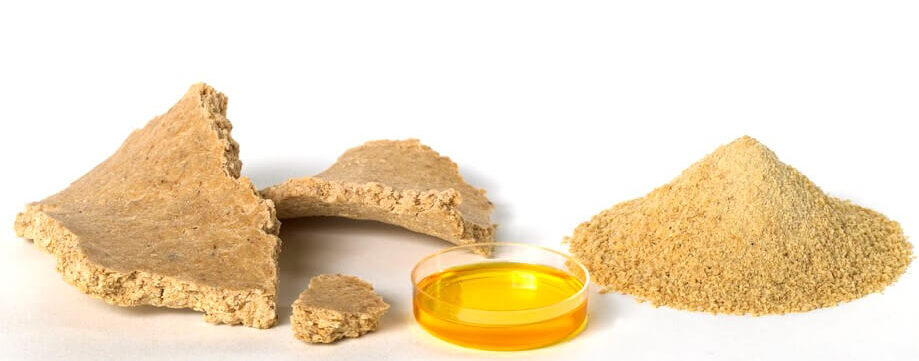LYSINE TO PROTEIN RATIO: AN INDICATOR TO ESTIMATE HEAT DAMAGE IN PROCESSED INGREDIENTS

When following instructions is easy, things are done well. For instance, when baking a cake for the first time, you follow a recipe to be exact regarding what and how much of each ingredients to use – similar to a diet formulation. However, there are other considerations besides just ingredients. For example, oven temperature: proper temperature and cook time will determine the end quality of your cake; you do not want to overcook it!
This illustrates how the processing method and parameters of raw soybeans into soymeal can impact quality – in regard to inactivating antinutritional factors effectively. With any thermal treatment, caution must be taken to not overcook or damage the beans, because this can affect the amino acid digestibility present in the protein, making them unavailable for the animal. Lysine, the first limiting amino acid in monogastric diets is the most susceptible to damage – forming undigestible complexes with sugars – as mentioned in a previous blog. Therefore, protein quality is related to the amino acid profile of a protein and how much of it is available for the animal. For this reason, it is important to know the proper parameters for processing soybeans and other ingredients.
The relationship between lysine and protein is described by the lysine to crude protein ratio. Usually, lysine concentration decreases if an ingredient is heat damaged. Therefore, measuring the concentration of lysine expressed as percentage of crude protein can be used as an indicator of heat damage or over processing in feed ingredients. Reduced values of lysine:protein ratio (less than 6) have been associated with heat damage. High-shear extrusion is a high temperature short time cooking process which uses friction to process raw soy and other grains with a focus on proper parameters to avoid overcooking. Looking at some animal feeding trials conducted to test the nutritional value and lab results of ExPress® soymeal, it can be noted that the lysine:protein ratio is greater than 6 which indicates that the soymeal was not heat damaged.
| Reference | Feeding Trial | Lysine:crude
protein ratio |
Lysine digestibility, % |
| Zhang et al., 1993 | Poultry | 6.01 | 91.4 |
| Woodworth et al., 2001 | Swine | 6.20 | 91.0 |
| Karr-Lilienthal et al., 2006 | Poultry | 6.05 | 89.3 |
| Recent study, 2018 | Swine | 6.20 | 92.0 |
| Insta-Pro® (based on Lab. Analysis) | – | 6.20 | – |
These values are aligned with high values of lysine digestibility and metabolizable energy in poultry and swine fed ExPress® soymeal. Although animal feeding trials are the most precise means to test if an ingredient has been processed correctly, values of lysine:protein ratio (which requires lab analysis) are a quality control tool and an indicator of heat damage that can be used by soybean crushing plants and soy processors to evaluate the quality of soymeal.
Some key points to consider:
- Heat processing parameters are crucial and should be set properly to obtain high quality products.
- Crush plants of soy can use the lysine:crude protein ratio as an additional indicator of heat damage.
- Keep control of processing parameters to obtain a quality product to support digestibility of nutrients and production performance of animals.
If you are processing soy products using the high-shear dry extruder or are planning to do so, please contact the Insta-Pro team for additional information.



